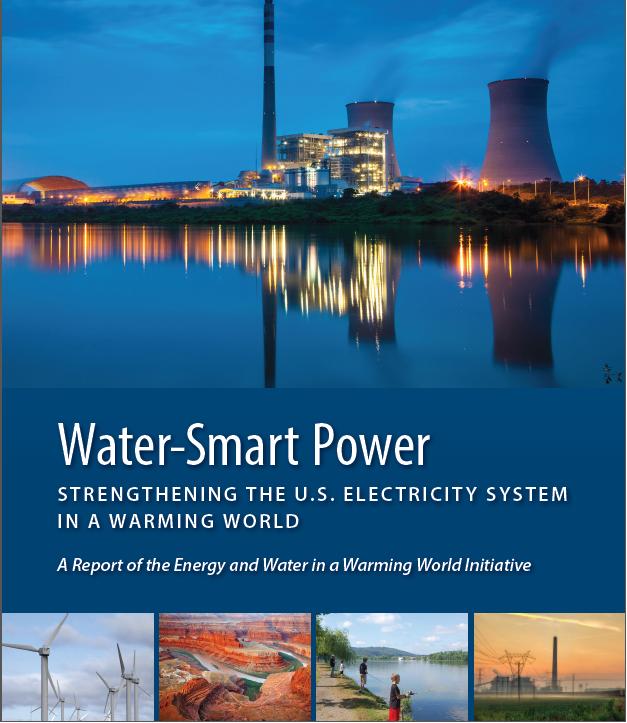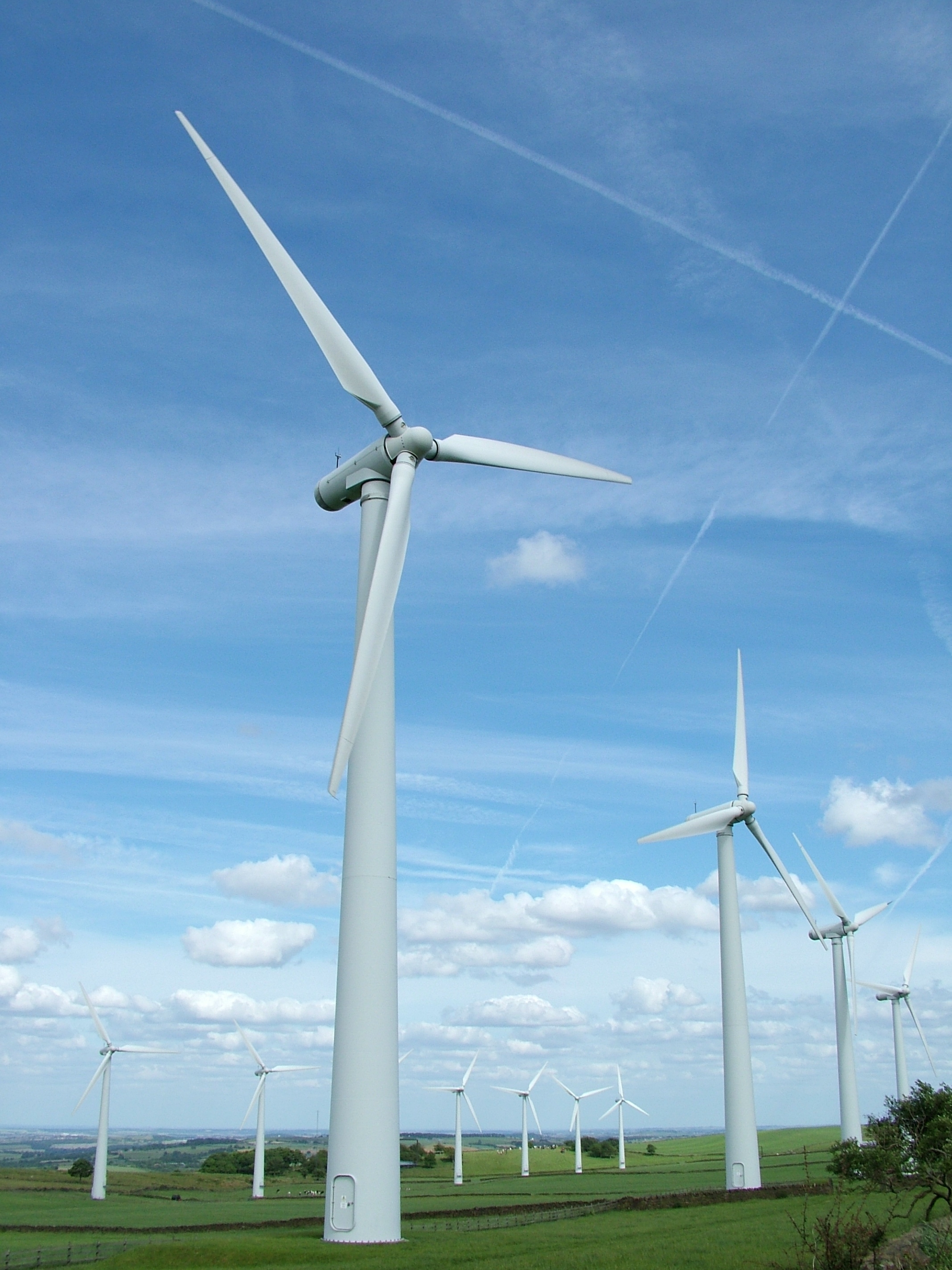In a future of growing climate change impacts and water strains, the water implications of our electricity choices are way worth paying attention to. A new report from the UCS-organized Energy and Water in a Warming World initiative (EW3) tells it like it is. Or like it will be. Or, actually, like it could be. Where we really head, it turns out, is all up to us.
 Previous EW3 work, including our 2011 report, had looked at the electricity sector’s freshwater use now, and why it matters — for our lakes, rivers, and other water resources, and for the reliability of the power plants themselves.
Previous EW3 work, including our 2011 report, had looked at the electricity sector’s freshwater use now, and why it matters — for our lakes, rivers, and other water resources, and for the reliability of the power plants themselves.
Like the previous report, Water-Smart Power: Strengthening the U.S. Electricity System in a Warming World is the result of a collaboration among a talented set of independent researchers (see map) that explores cutting-edge questions about the intersection of energy, water, and climate. This report looks ahead, though, and pieces together detailed pictures of the water futures we can shape through different power sector choices.
Where We Might Head, Energy-Wise

Business as usual is heavy on natural gas (orange), we found, but light on good results, in terms of carbon and water.
The starting point for this work is where we stand now: energy-water collisions are happening, climate change is real and present, and the electricity sector is undergoing some big changes that make it clear that now’s a really important time to be making smart decisions, including with regard to water.
In our analysis, we then looked at a range of electricity futures, and what each could mean in terms of water use and water impacts — a sophisticated version of the “compare and contrast” from our school days, applied to some decidedly hefty issues: energy, water, and climate change.
One of the electricity scenarios we examined was a business-as-usual pathway. Other scenarios took different approaches to addressing our power plants’ global warming problem quickly and head-on. Our modeling generated appreciably different electricity mixes for us to look into in a whole lot more depth.
What Our Energy Choices Could Mean, Water-Wise

Different electricity mixes lead to really different water outcomes. Which path would you rather be on?
The next part of our research looked at what each of those pathways might mean in terms of how much water power plants would use (withdraw and consume) over the next few decades. The high geographic resolution of the energy model we used meant we could look not just at national results, but also regional ones.
But it gets better. The water model we incorporated also allowed us to get down to a much more local level in particular important basins, to explore what might happen at scales that matter for particular rivers and particular places — the level at which we have seen particular incidents happening.
Of course, we don’t want to plan just for normal or average circumstances. To focus attention on trouble times, we also assumed dry periods — dry sequences of years from recent history — and rising air temperatures, consistent with global warming.
Why Our Electricity Pathway Matters
So what happens when you put all that together? Colleagues will be diving in more deeply on particular aspects of our research and findings, so watch this space for more juicy stuff. But in brief, here’s what we found:
- Business as usual is not a path we want to be on — or have to be.
- Low-carbon pathways can be water-smart.
- But low-carbon power isn’t necessarily water-smart.
- Renewables and efficiency can be a winning combination.
Our lakes, rivers, and aquifers are feeling pressure from a lot of quarters, and there are lots of ways we could be more water-smart in other areas — farms and cities, for example — to ease the pressure. Climate change by itself will also continue to be a serious factor in the next few decades.
The question is, from the perspective of the power sector, are we going to be making choices that make the situation better or worse? Cutting power plant water dependencies or sticking with approaches that have us racking up more energy-water collisions every summer for years to come?
Everybody Has a Role
As Yogi Berra might have said (and still could), “If you don’t watch where you’re going, you’ll end up where you’re headed.”
We can clearly make decisions now to cut our climate and water risk, and get us off business as usual. We’ve got loads of technologies now that mean we can design an electricity system that’s better, stronger, and, we found, cheaper.
Making that happen — getting us from business as usual to a much better path — will mean everybody making water-smart electricity decisions and engaging on these issues. Plant owners and investors. Legislators and regulators. Consumer groups and advocates. Researchers, scientists, and, even us engineers. We all have essential roles to play.
Our new report provides a solid foundation for thinking about the water implications of different electricity pathways.
Where it ends up:
Understanding and addressing the water impact of our electricity choices is urgent business. Because most power sector decisions are long-lived, what we do in the near-term commits us to risks or resiliencies for decades. We can untangle the production of electricity from the water supply, and we can build an electricity system that produces no carbon emissions. But we cannot wait, nor do either in isolation, without compromising both. For our climate — and for a secure supply of water and power — we must get this right.
Sounds like a plan we can’t live without.
Feature image: Shutterstock/zhangyang13576997233


